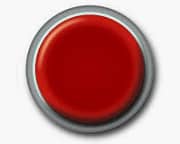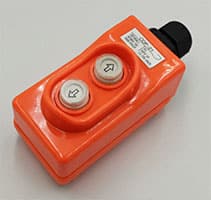 The Latin word pulsātor came to Spanish as a pulsator . This is the name of the button or caller that must be pressed (pressed, pressed, touched) to generate an action .
The Latin word pulsātor came to Spanish as a pulsator . This is the name of the button or caller that must be pressed (pressed, pressed, touched) to generate an action .
It is possible to find buttons on a large number of devices. These buttons can have multiple sizes and shapes and are often integrated into machines .
To activate a button, it is necessary to press or move it with a finger or hand . In some cases, it resumes its resting state when the user removes his hand, while in others it must be pressed again.
Typically, the push button enables current flow. It generally works with an electrical switch that activates a function.
Elevators or elevators are devices that operate with buttons. These machines are responsible for moving people between different floors. Suppose someone is on the eighth floor of a building and wants to use the elevator to go to the ground floor. To do this, you must approach the elevator door and press the button: once the device arrives, the door will open and the subject will enter to make the downward journey.
Doorbells that allow you to make a warning or call using a sound also have a button. Thus, if someone arrives at a house and wants the door to be opened to enter or to communicate with the owner, they must press the doorbell button.
It should be noted that, sometimes, colors are used to avoid mistakes with the buttons. A green button , in this framework, usually starts a process, while a red button interrupts it.
 Although the term is one of the synonyms of button , which can also be replaced by key , when observing the examples mentioned in the previous paragraphs we can notice that the contexts in which button and button are used are relatively different. In general, the first gives the idea of a larger size and being isolated, something that contrasts with the characteristics of the other two, which can be part of a button panel or a keyboard , respectively.
Although the term is one of the synonyms of button , which can also be replaced by key , when observing the examples mentioned in the previous paragraphs we can notice that the contexts in which button and button are used are relatively different. In general, the first gives the idea of a larger size and being isolated, something that contrasts with the characteristics of the other two, which can be part of a button panel or a keyboard , respectively.
Of course, the technology behind any of these pieces is usually not very advanced, although there are clear exceptions. As described above, the push button has an electrical switch that controls a flow of current; It is common that in its rest position it prevents the passage of current and only allows it when the user presses it. This gives rise to very simple actions, typical of any binary pair such as "on/off". However, buttons can be much more complex and include technologies such as analog to detect different degrees of pressure.
One of the most common applications of the button is found in traditional question-and-answer television programs, which bring together two or more participants in front of the host to try to get it right as many times as possible and thus access the final prize. There are many and with different structures, but they all have in common the use of a button as an interface between the players and the computer system that is responsible for detecting who presses first.
Outside the world of entertainment, different devices in the industrial field have buttons to activate and deactivate their operation. The list is very extensive as it includes any mechanism that is controlled by the force of a motor instead of being manipulated directly by humans. A two-position bridge, a large steel gate, a crane or a heavy lift are some of the most common examples.
